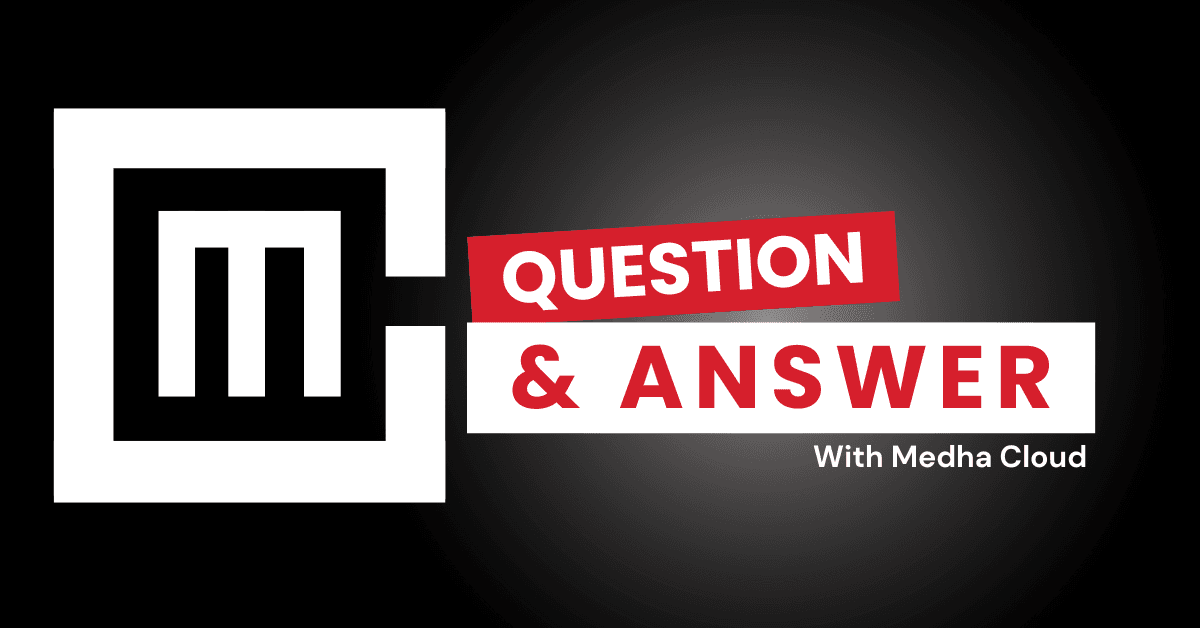Outsourced IT helpdesks handle network or server outages by implementing structured incident management processes, including issue detection, escalation, troubleshooting, communication, and resolution. They rely on proactive monitoring, rapid response, and collaboration with relevant teams to restore services quickly and minimize downtime.
Steps Taken by Outsourced Helpdesks During Outages
- Real-Time Detection and Monitoring
- Proactive Monitoring Tools: Tools like SolarWinds, PRTG, or Nagios detect outages and trigger alerts.
- Automated Alerts: Helpdesk teams receive real-time notifications of network or server failures.
- Initial Assessment: Teams quickly identify whether the outage is local, system-wide, or external (e.g., ISP issues).
- Immediate Escalation Based on Priority
- Issue Categorization: Outages are categorized as critical (affecting operations) and escalated according to predefined SLAs.
- Level 2/3 Escalation: If frontline support cannot resolve the issue quickly, it escalates to senior technicians or engineers for advanced troubleshooting.
- Engaging Vendors: If the issue involves third-party hardware, software, or ISPs, providers coordinate directly with the vendor.
- Root Cause Troubleshooting
- Network Diagnostics: Use tools to perform checks on routers, firewalls, switches, and bandwidth.
- Server Analysis: Review server logs, hardware performance, and connectivity issues.
- Isolation: Identify and isolate the failing component (e.g., a specific server, device, or segment of the network) to prevent further impact.
- Communication and Updates
- Client Notifications: Inform clients about the outage, its impact, and estimated time to resolution.
- Regular Updates: Provide real-time progress updates until services are fully restored.
- Transparency: Escalated issues and resolution steps are documented for post-outage analysis.
- Resolution and Recovery
- Immediate Fixes: Apply quick fixes like restarting servers, rerouting traffic, or restoring backups.
- System Restoration: Work to restore full functionality through repairs, patches, or failover systems.
- Data Integrity Checks: Verify no data corruption occurred during the outage.
- Post-Outage Review and Prevention
- Root Cause Analysis (RCA): Conduct a thorough analysis to identify what caused the outage and how it can be prevented.
- Corrective Measures: Implement solutions like hardware upgrades, network redundancy, or configuration changes.
- Reporting: Deliver a detailed incident report with timelines, causes, fixes applied, and future recommendations.
Tools and Techniques Used During Outages
- Monitoring Tools: SolarWinds, LogicMonitor, or Nagios for proactive detection.
- Remote Access Tools: Secure tools like AnyDesk or TeamViewer for off-site troubleshooting.
- Failover Systems: Switching to backup servers or redundant networks to restore operations.
- Collaboration Tools: Platforms like Slack, Teams, or email for real-time team and client updates.
Benefits of Outsourced Helpdesks During Outages
- Rapid Response: Dedicated teams available 24/7 minimize downtime.
- Proactive Monitoring: Early detection reduces the impact of outages.
- Expertise: Skilled technicians quickly identify and resolve complex issues.
- Minimized Disruption: Transparent communication keeps stakeholders informed.
- Long-Term Solutions: Root cause analysis ensures preventive measures are implemented.
Key Actions During Critical Outages
- Detect the issue using monitoring tools.
- Escalate to senior technicians or vendors for advanced troubleshooting.
- Keep the client informed throughout the process.
- Apply immediate fixes to restore services quickly.
- Conduct post-incident reviews and implement preventive measures.
Need 24/7 support for critical outages?
Medha Cloud provides proactive monitoring, rapid response, and expert troubleshooting to ensure minimal disruption during network or server outages.
Rakshitha a cloud hosting expert who helps businesses get the most out of their cloud services. She has experience setting up and managing cloud environments to improve performance and scalability. With her cloud certification, Rakshitha provides clear advice on how to use cloud solutions effectively for better business results.


